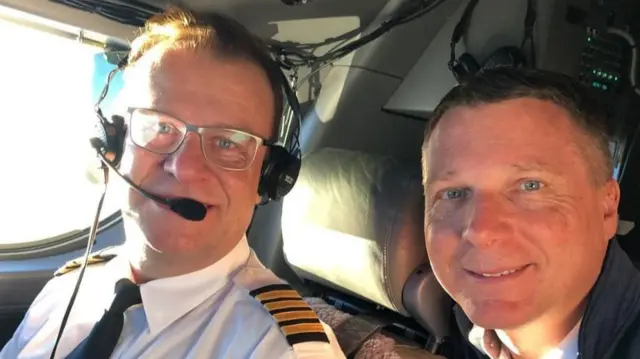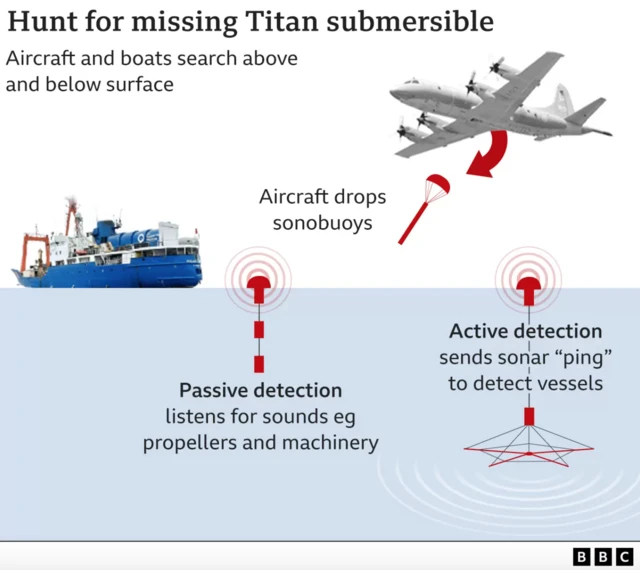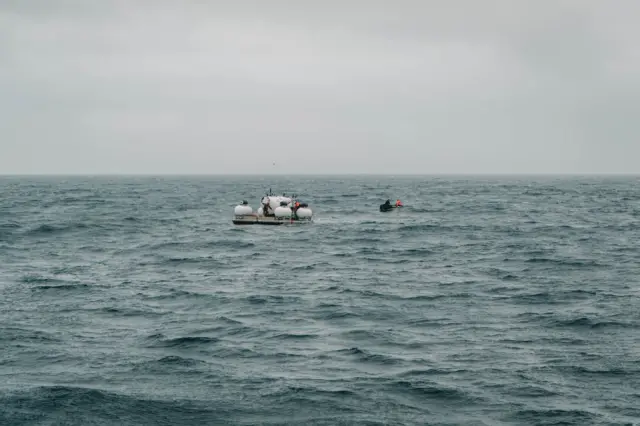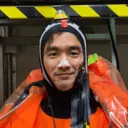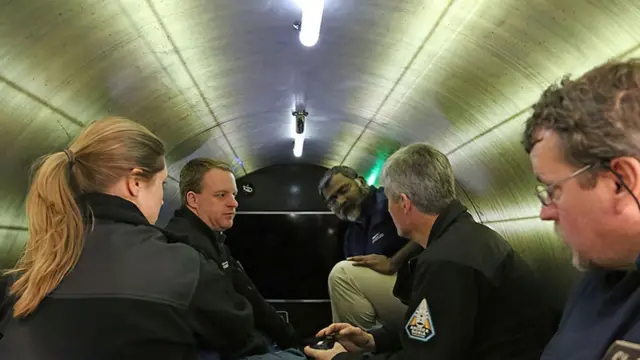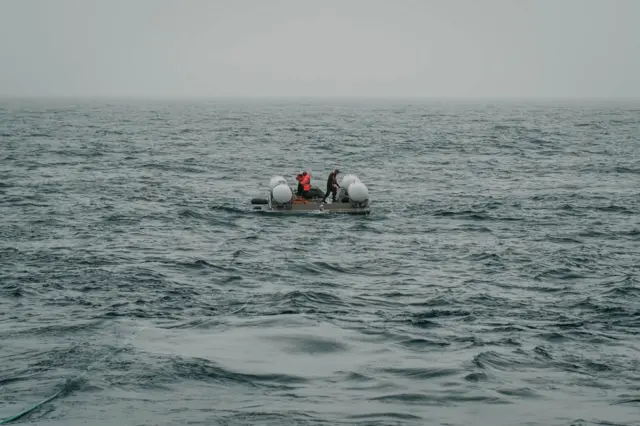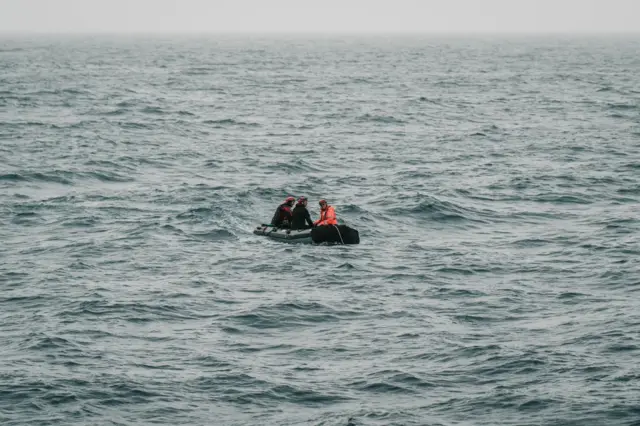Plan for next 24 hours to be detailedpublished at 18:04 BST 20 June 2023
Capt Jamie Frederick from the First Coast Guard District has kicked off the press conference.
He says he will recap the status of search efforts and detail his team's plan for the next 24 hours.

